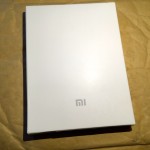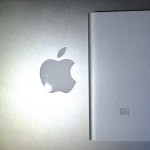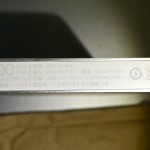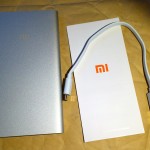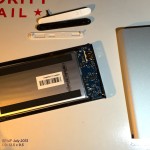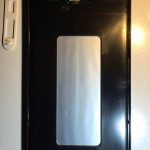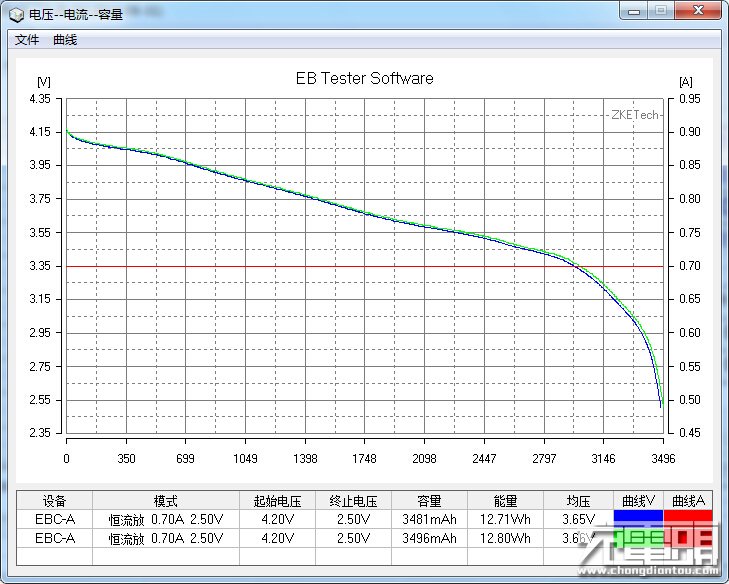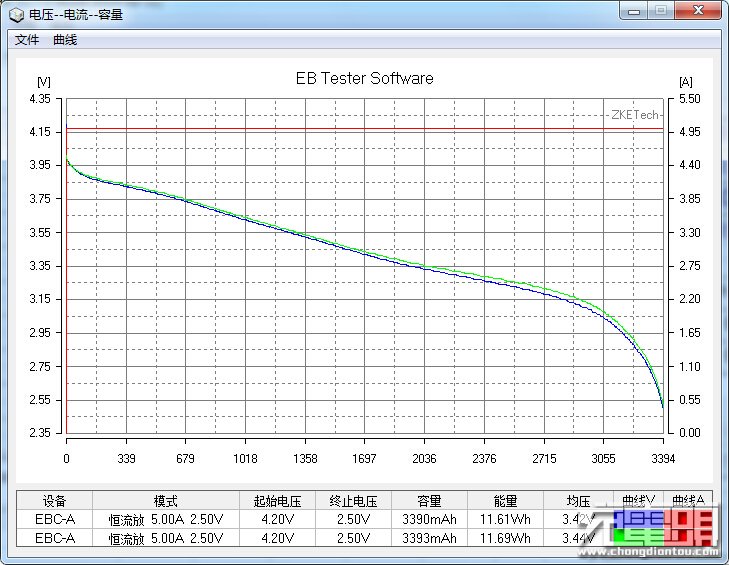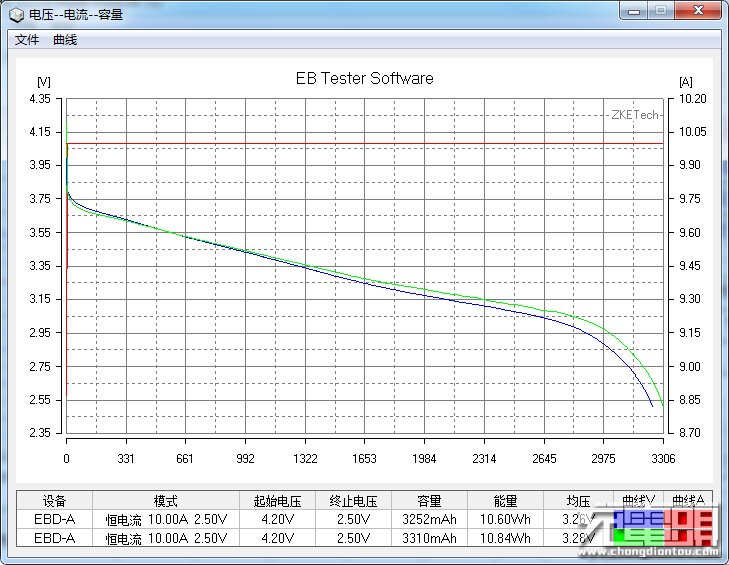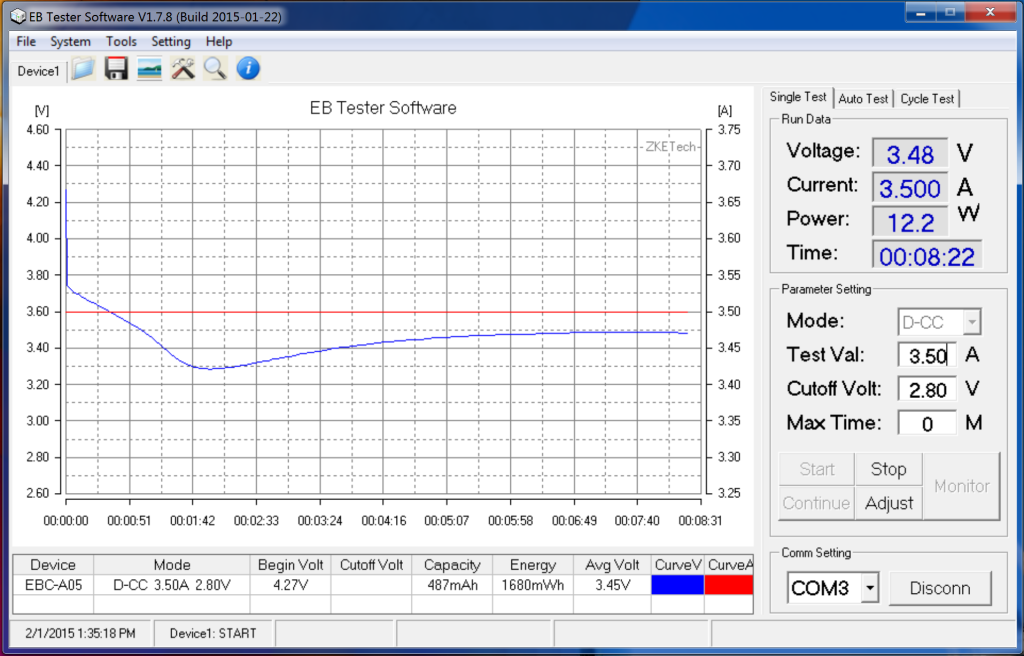During Tesla Motors’ Q4 2014 earnings call on February 12th, Chariman and CEO Elon Musk and CTO JB Straubel talked a bit about upcoming plans for a battery pack for use in homes and business. Musk said that the design was complete, that production was probably 6 months or so away, and that a formal announcement was probably a month or two out.
This isn’t a surprise. Stationary storage is an obvious use for expensive vehicle packs once their capacity and current-handling characteristics are no longer suitable for transportation use. In such applications, they are an obvious compliment to solar panels, like those installed by Solar City where Musk serves as chairman of the board, and which already has a pilot project using Tesla supplied packs. Oh, and Musk has talked about it during another earnings call last spring.
“We are trying to figure out what would be a cool stationary (battery) pack,” Musk said. “Some will be like the Model S pack: something flat, 5 inches off the wall, wall mounted, with a beautiful cover, an integrated bi-directional inverter, and plug and play.”
To read some of the coverage, this is a major threat to the utility industry. The Verge thinks that “[…]Tesla’s battery for your home should terrify utilities,” though the article appearing under that headline is more tempered in its assessment.
For Tesla’s part, they seem to see utilities as an ally rather than an adversary at this point. Musk and Straubel’s comments during the latest earnings call were prompted by a question from Ben Kallo, from Robert W. Baird (a financial firm). Kallo asked about developments on the storage side of the business, specifically about Tesla’s position on a number of big RFPs for energy storage from utilities. Musk’s reply was that they were bidding on a lot of RFPs already, and CTO JB Straubel said they were talking to almost all of the utilities. He went on to caution that the time-frames are very long, but that utility storage was getting an increasing amount of Tesla’s attention.
Tesla has other reasons for closer ties to the electrical utility industry too. Tesla’s current cars have a range competitive with a typical gasoline car. To achieve that range, they need a huge battery pack, and the cost of that pack is major contributor to the purchase price of the car. For longer trips, the Tesla is at a disadvantage. Filling up a gasoline vehicle takes ~5 minutes. Recharging a Tesla to full range takes over an hour at a Tesla Supercharging station, and ~10 hours with a beefy home charging station. If Tesla is going to achieve their ambitions, they’ll have to lower the cost of their cars and broaden access to rapid charging infrastructure. The utilities are an obvious partner on the infrastructure front, and broader access to rapid charging infrastructure can help lower the cost of cars, by making smaller, cheaper batteries more practical.
Of course, if you look for other commentary on this, you’ll find plenty of other articles and blog posts that go at least as far as the Verge’s headline in proclaiming the death of the grid. Let’s just say, I think those people are wrong.


